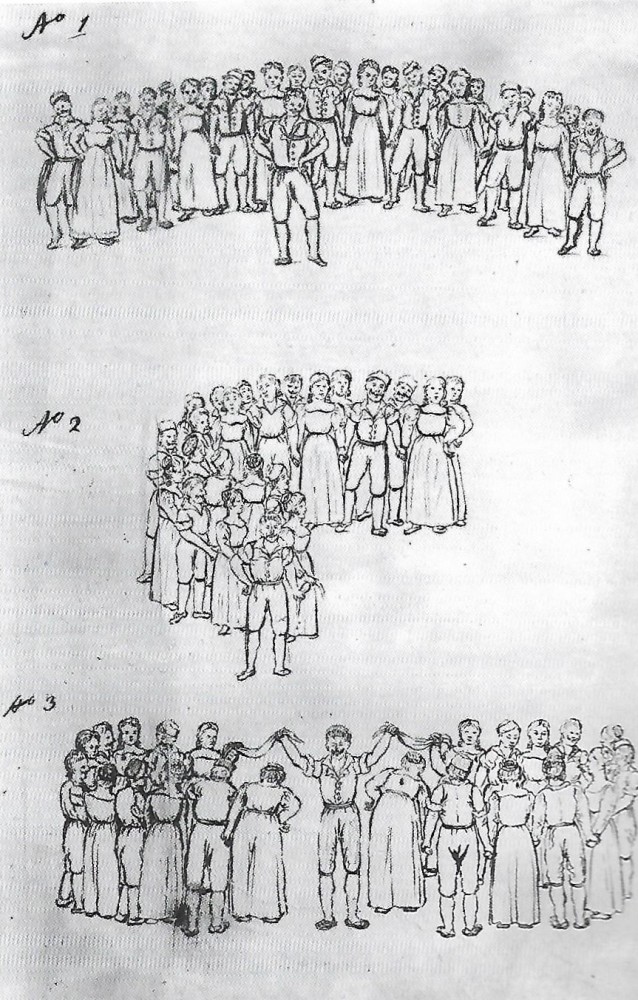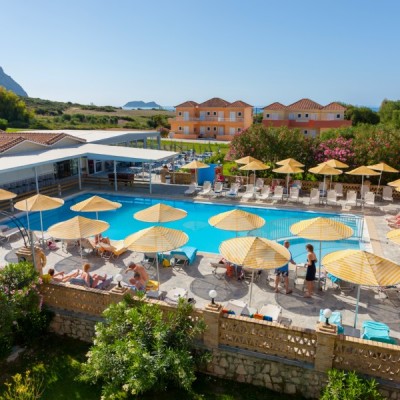EL
|
EN
|
IT

Loading...
Giargitos, Thisea's dance
Traditional event
Zakynthos
Zakynthos
Zakynthos, if in the city and its surroundings it received the strong cultural influences of the West, in the villages and especially in the villages of Riza and the mountains, a strong Hellenism is rooted from ancient times to remind us that the passages of foreigners were frivolous. The most characteristic example is the dance of Theseas, the Yargetos, which has been rooted in the villages of Zakynthos since ancient times and has been kept alive from generation to generation. In Dionysios Varvianis' 'Chronicle', his figures and the music of the 'Diargetos, Ballo di Dejeo', as he called him, were presented. In 1951, the gymnast Angelos Visvardis was lucky enough to see him dancing in the village of Bougiato and was taught by the ordinary villagers and then after the earthquake of 1953, he made it his life's work to teach him himself to prove the continuity of Hellenism from antiquity to the present day.
The Yargatos was not a dance that one danced for fun, it showed a struggle: The music began with a narrative introduction, which lasted long and while everyone watched with attention, readiness and admiration, grasping hands in a circle, the first dancer, tapping his foot, stretched his hands in front of his shoulders and like a deer, sprang forward with three leaps, crossing his legs, and at the third he made a high jump and a turn in the air, and then with two more jumps, crossing his legs, and another turn in the air high, he returned to the beginning of the dance circle, while the others watched. This exit of the first dancer, accompanied by sharp sounds and beats of the drum, was repeated three times. On the third, it was caught by the second dancer and a dance with a different rhythm began. This was done three times and then a new exit of the first dancer began.
The spectacle immediately gave the impression of a re-enactment of some kind of wrestling.
Recommended




